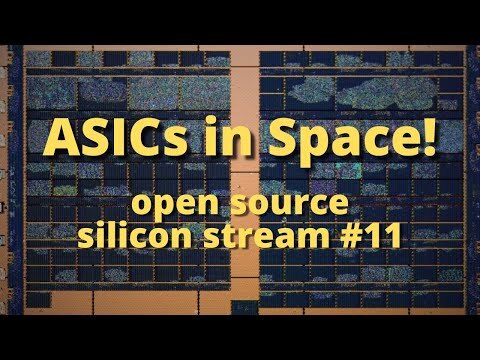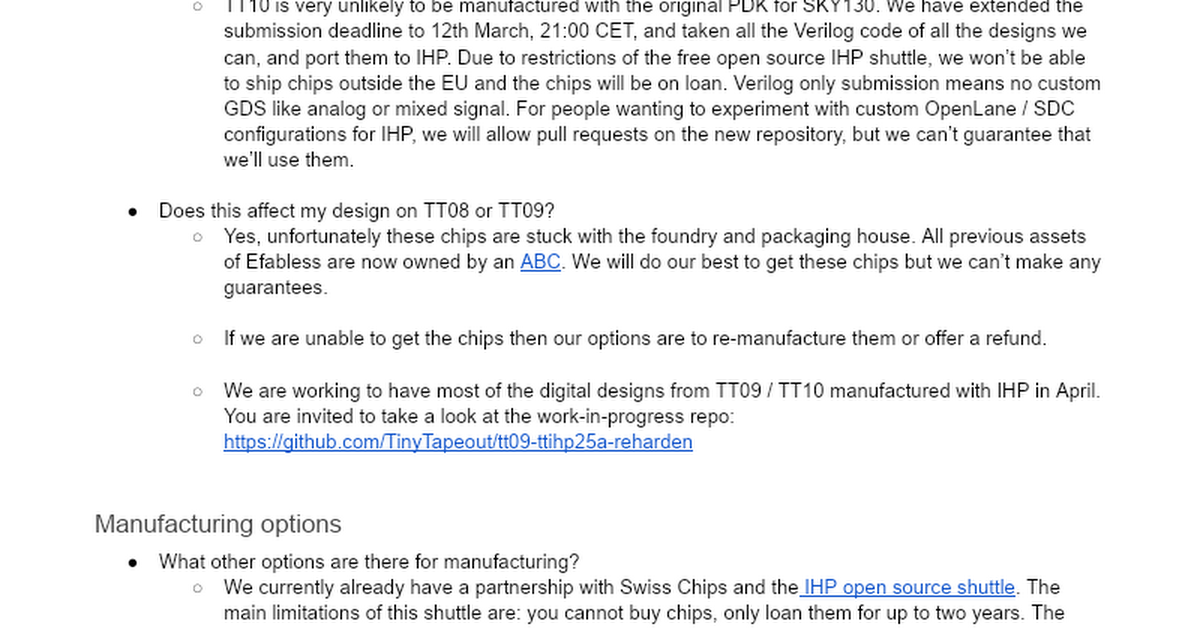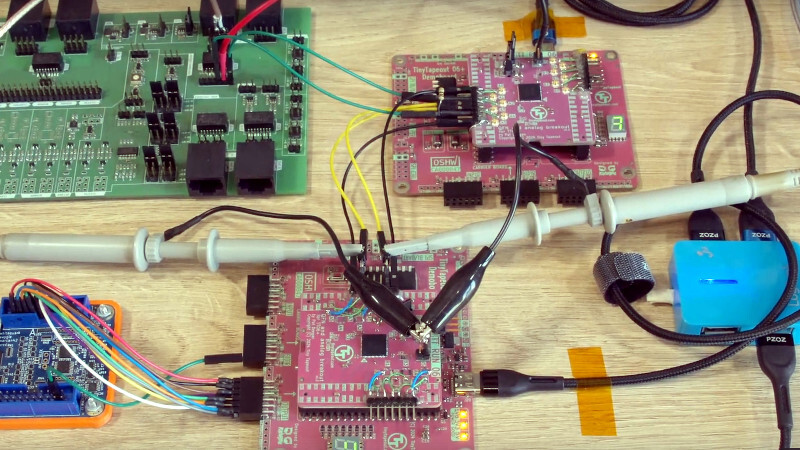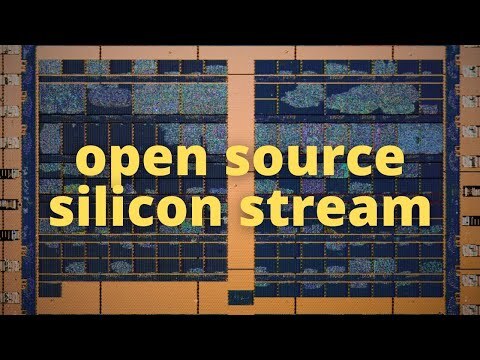Streaming on open source silicon in 3 hours!
I'll be looking at the results of the #TinyTapeout survey, and picking a winner for the wafer prize.
Then Pat Deegan will be joining me to talk about putting our ASICs in Space!
https://www.youtube.com/watch?v=SgO8fle5yrw&ab_channel=ZeroToASICCourse









